Cats did not conquer the nickname “Little Balls of Fur”out of the blue. We all love how fluffy and luxurious a cat’s fur can be, and whether they have short or long hair, the truth is that a healthy coat is always soft and gorgeous. We are used to our cats’ regular shedding and grooming habits, and expect them to increase during Spring and Autumn. However, if your tiny tiger is more interested in licking themselves instead of playing, eating or sleeping, that’s definitely a red flag. It can be disturbing to notice that your cat is losing tons of hair, exhibiting patches of fur and an unkempt and filthy coat. In fact, a cat balding means something is off, and should be addressed right away.
There are a wide variety of causes for hair loss and knowing them will give you the means to be proactive in case you identify any abnormality.
Allergies
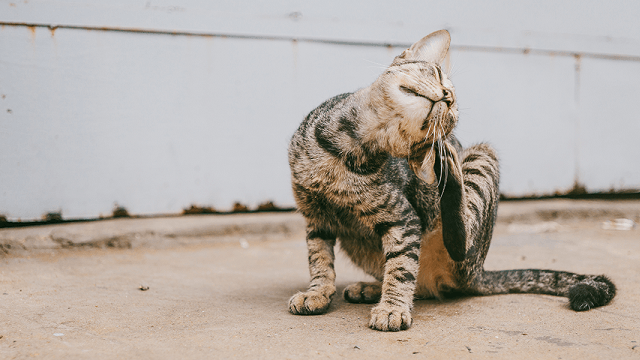
Felines can be allergic to pollen, dust, food and even to flea saliva. Allergies are one of the most common skin diseases and their symptoms can differ considerably among individuals. Their sensitiveness to a single allergen might be mild, but when combined, a severe allergic reaction can be easily triggered. Itchiness and allergies go hand in hand and that’s why excessive scratching and overgrooming are alarming signs that something is wrong. This will eventually lead to loss of fur, skin rashes and ulcers that require treatment. The pruritus can be so intense that the cat might even lose the ability to have a good night’s sleep without waking up to scratch.
The treatment approach depends entirely on the severity of the signs and if they last all year around or not. Checking with a vet will help you find out what might be triggering the allergies and what is the best way to manage them. It might be possible to soothe the symptoms only by limiting the exposure to the allergen, but in more extreme cases long life medication is needed.
Parasites
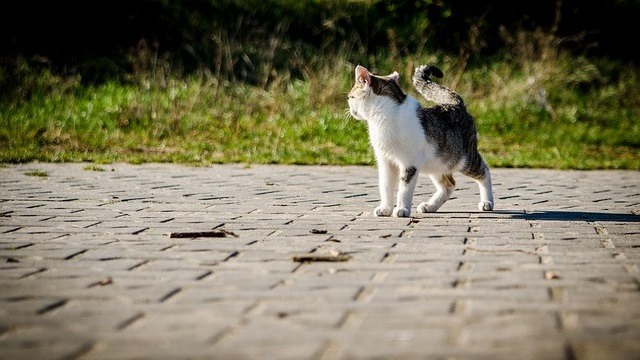
Parasites like mites, lice, fleas and ticks can also cause itchiness, whether by inducing an allergic reaction when biting or just because they tickle. One way or another, this leads to overgrooming and finally hair loss, skin rashes and open wounds.
Parasite control treatments are usually enough to handle the matter, unless the parasite saliva triggers an allergic reaction. In that case, antipruritic medication might be needed. Check with your vet or Findster Care’s vet team what the most suitable treatment plan is. We’ll take into account your tiny tiger’s lifestyle and which parasite is causing cat balding.
Ringworm
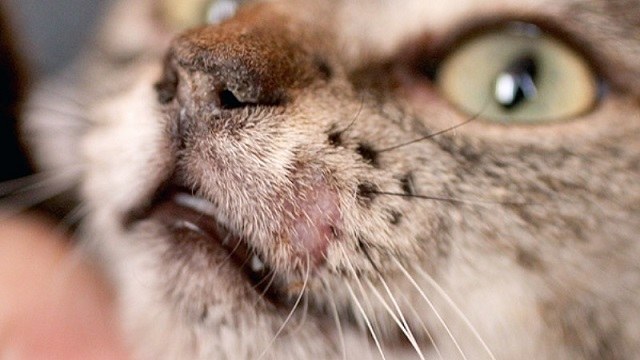
Despite its name, ringworm is actually caused by a fungus and is the most common infectious skin disease in cats. They can get infected after being exposed to the fungus spores present on infected animals, contaminated objects or contaminated environments. The disease is highly contagious and any person who handles a cat with ringworm, especially an immunocompromised being, can get easily infected too. That is another reason why it’s so important to visit your vet right away in case you suspect your cat has ringworm. The signs can be mild and go unnoticed… But if you identify round thickened patches of skin with hair loss, it is wise to have your furry friend thoroughly assessed.
Ringworm infection is easy to overcome but might take a long time for a cat to be fully treated. Mild cases only require a specific ointment and oral medication. However, more severe ones not only need a stronger treatment protocol, but also a period of quarantine.
Endocrine Diseases
Hormonal imbalances also cause our beloved cats to shed intensively and lead to unkempt and dry hair coats. The most common endocrine disease in felines is hyperthyroidism, an increase in thyroid hormone. Cats suffering from endocrine conditions also exhibit systemic signs like diarrhoea, increase in water intake or increased number of urinations. Their behaviour and eagerness to play may also change and you will notice that they have bigger problems than simple hair loss.
For a treatment to be set, an accurate diagnosis is mandatory. Even if there are clear signs that an endocrine issue is the reason for the cat balding, the only way to be sure is by taking your buddy to the vet and have them run some blood and urine tests.
Pain
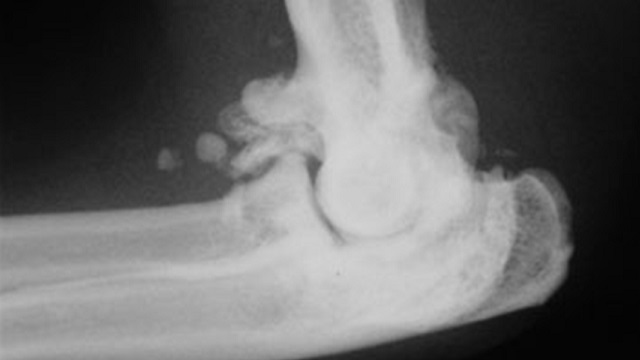
Overgrooming can be used as a pain reliever, since it increases the release of endorphins which are known to help coping with pain. Cats tend to excessively lick aching spots or the body parts to where the pain irradiates. The most frequent cause of this type of alopecia is osteoarticular disease. Cats suffering from this have arthritis and arthrosis, and so you may find some bald spots on their joints in case they are over-licking them.
To properly treat this problem, the source of the pain will need to be identified. Prescription painkillers are a key piece to give comfort and therefore reduce the drive to lick. Their use should be included in any treatment plan. Any painkiller should be prescribed by a veterinarian so feel free to get in touch with our vet team for counseling.
Stress and Anxiety
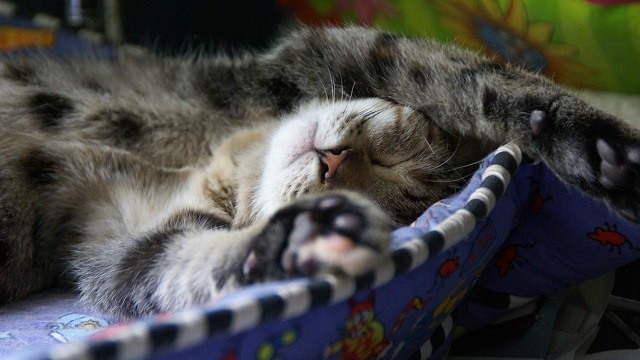
Stress can be a factor to blame when it comes to alopecia in humans and cats. This kind of hair loss is called psychogenic alopecia. Whereas in humans the hair loss is a direct symptom, in cats it is normally a consequence of overgrooming.
Felines like to have control over every situation. When a traumatic event or a cause of stress is added to their routine, cats over-groom to become more relaxed. This is, again, due to the fact that licking induces the release of endorphins, which make the cat feel better.
This self-harmful activity is usually targeted at their bellies and groins… And that’s why a cat balding on their tummy makes every vet instantaneously think about stress.
Psychogenic alopecia can be easily treated just by identifying what is causing stress. It seems simple, but it’s actually quite complex and requires a thorough assessment of the cat’s routines and environment. The help of an expert like a veterinary or a behaviourist is usually needed. The treatment can vary from a mere change in the household to a more complex plan that combines physical and mental stimulation with some medication to reduce anxiety.
Conclusion
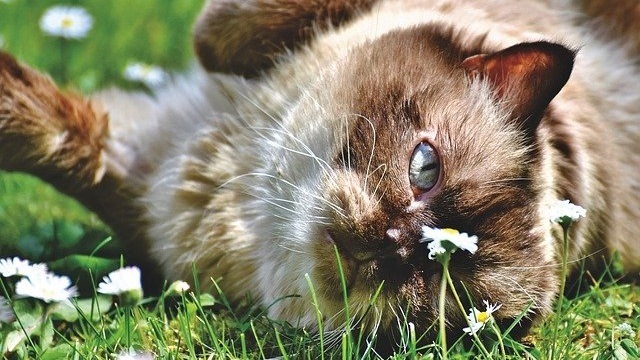
These are the most common reasons for a cat balding or losing hair. The skin is the widest organ of the body and it is highly intricate. Its well-being is influenced by every body system, so it’s difficult to reach a conclusion about what’s causing skin impairments.
Just keep an eye on your furry friend and let our vet team know about any changes in their coat. Addressing the issues in their early stages makes them easier to treat… So you can have your cat’s fluffiness back in a blink of an eye!
Do pets also get moody after a bad night of sleep, and reinvigorated after a good one? Learn about the importance of sleep for dogs and cats!






